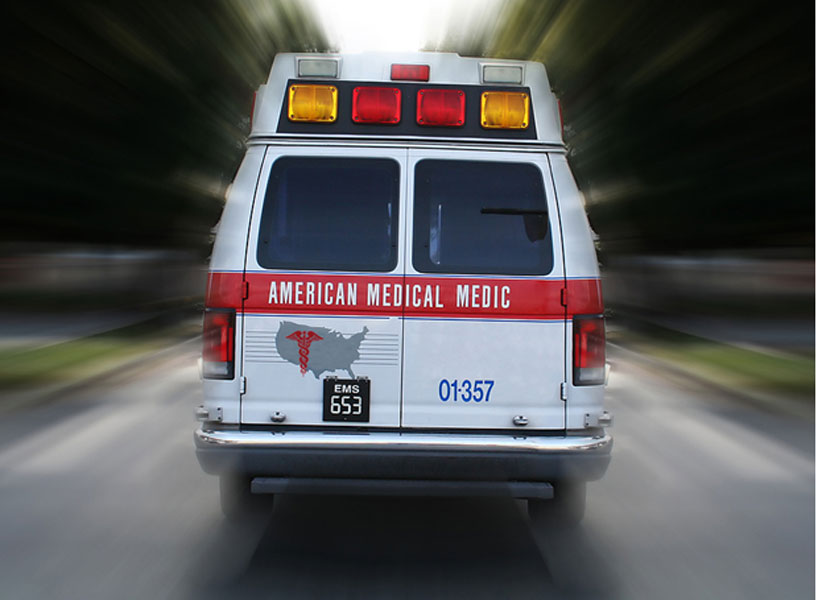Emergency medical services can have an increasing role in clinical medicine, and how services are delivered in the community during the coming year. Here are some of the biggest challenges facing emergency medical services in 2018:
-
Preparation and responses for active shooter events
The number of active shooter events continues to increase in the United States, with the worst mass shooting incident in U.S. history occurring in Las Vegas, Nevada in October 2017. The challenge for the EMS community will be to learn better ways to prepare for these events, and to provide better methods of treatment for patients to minimize the impact on the community.
-
Impact of the opioid epidemic and how to meet the challenge
The opioid epidemic is the number one public health issue in the country and the EMS community is at the forefront of this battle to save lives. Many states have passed laws to allow laypersons to purchase and administer naloxone to those individuals having an opioid overdose. But there are new challenges as the healthcare system is looking at ways to limit prescribing narcotic pain medicine, while effectively managing patients with long term chronic pain and providing short term pain relief to patients who call 911 and use emergency medical services.
-
Alternative means of transportation during emergencies
Many patients are looking at alternative ride share transportation such as Uber and Lyft to get to the hospital when there is an emergency. There is a potential risk when patients choose these methods of transportation rather than a transport by EMS. The EMS community needs to provide the public with a clearer understanding of the critical role of the EMS during medical emergencies.
-
Management of Sepsis
The emergency medical community has a key role in prehospital identification and management of the time-dependent condition of sepsis. Sepsis is the number one cause of in-hospital mortality and a significant cause of re-admission, increased hospital stay and transfer to a long term care facilities. EMS has a role to play in identifying high risk patients, and potentially administering antibiotics rapidly in the field.
-
Shift to provide critical care outside the walls of the hospital
EMS has an opportunity to be part of the move to provide critical care outside the bricks and mortar hospital in alternative settings, such as outpatient facilities or through a mobile integrated healthcare clinic.
- Dealing with multi-drug resistant bacteria
The EMS community is seeing increasing numbers of patients with resistance to antibiotics and anti-fungal agents. This population will pose an increasing challenge for those involved with critical care transport.
SOURCE: EMS1.COM, “What’s on the EMS radar screen for 2018? By Ed Racht, MD, January 10, 2018
MedTrust Transort provides emergent and non-emergent ambulance services in Charleston, Myrtle Beach, and Georgetown, South Carolina. We have trained EMT personnel and a fleet of fully-equipped ambulances. We aim to provide compassionate and timely patient care.

